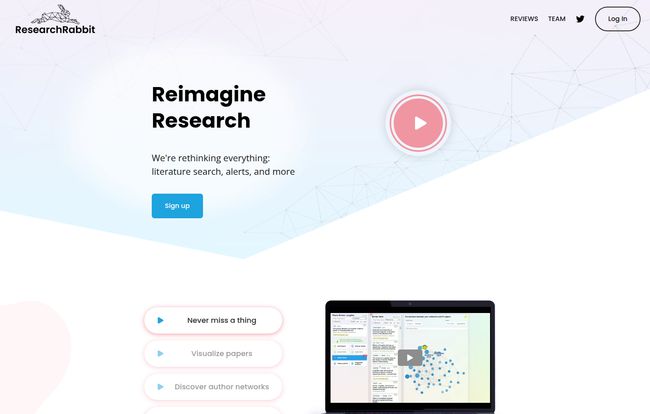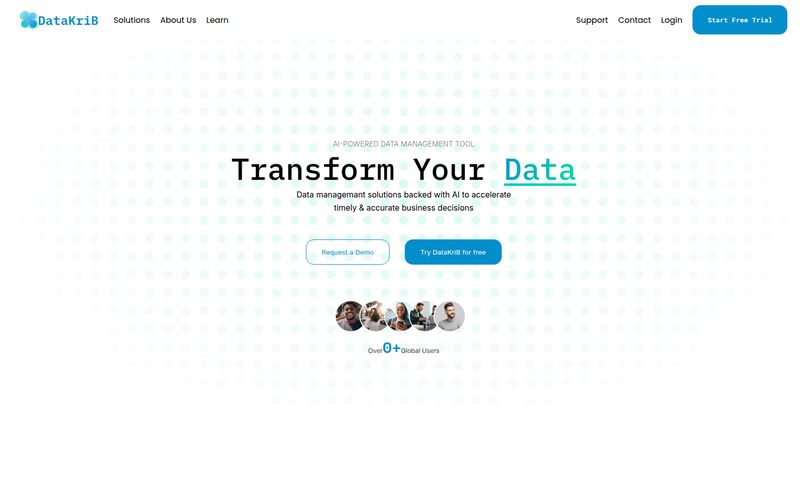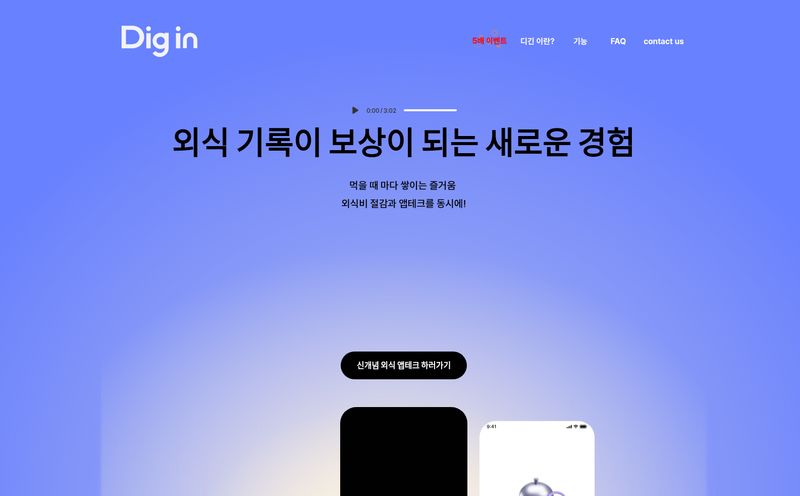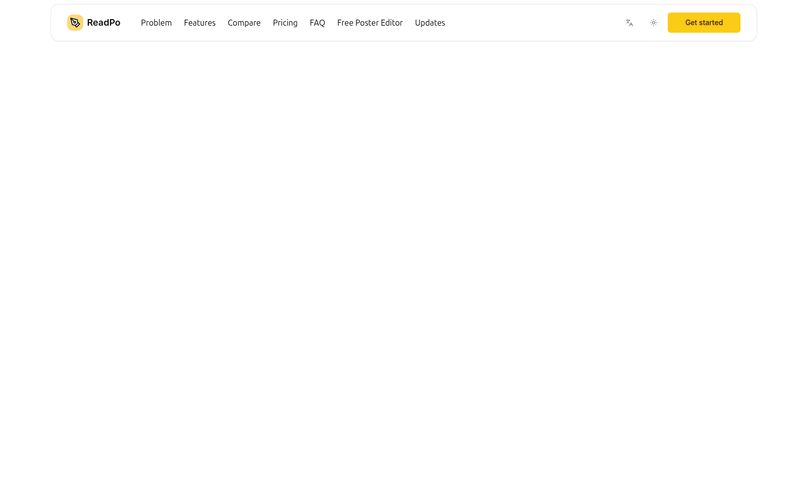The academic literature review. For many of us, those words conjure a special kind of dread. It’s a vision of a dozen browser tabs, a half-empty coffee mug, and that sinking feeling that the perfect paper is out there, somewhere, buried under a mountain of irrelevant search results. We’ve all been there, tumbling down a rabbit hole of citations only to pop up hours later, none the wiser.
For years, we’ve relied on the old guards: Google Scholar, PubMed, Scopus. They’re functional, sure. Like a trusty old hammer. But they’re not exactly… elegant. They find what you ask for, but they rarely help you discover what you didn't know you needed to ask for.
Then I stumbled upon a tool that calls itself “Spotify for Papers.” And as a guy who lives and breathes SEO and spends way too much time analyzing trends, that tagline hit me. It promised discovery, personalization, and a smarter workflow. The tool is ResearchRabbit, and I have to say, it’s one of the most interesting things to happen to research workflow in a long, long time.
So, What Exactly Is ResearchRabbit?
At its core, ResearchRabbit is an AI-powered discovery platform. I know, I know, “AI-powered” is slapped on everything these days, from your toaster to your toothbrush. But here, it actually means something. Instead of just being a search engine where you type in keywords and hope for the best, ResearchRabbit builds a context around your interests.
You start by feeding it a few “seed papers”—key articles you already know are relevant to your work. From there, its AI gets to work, mapping out the academic landscape around those papers. It shows you similar work, who cited who, what’s new from specific authors, and builds a sort of interactive constellation of knowledge. It’s less like a library catalog and more like a GPS for the tangled web of academic literature.

Visit ResearchRabbit
My Favorite Features That Genuinely Make a Difference
Look, a flashy interface is nice, but if a tool doesn't actually save me time or produce better results, it’s just noise. After spending a good amount of time with ResearchRabbit, a few features really stood out as being more than just gimmicks.
The Visualizations are a Straight-Up Game-Changer
This is the star of the show, in my opinion. When you add a paper, ResearchRabbit can generate these beautiful, interactive network graphs. You can see your seed paper in the center, with lines connecting it to earlier work (its citations) and later work (papers that cited it). You can see clusters of related research and discover authors who are central to the conversation.
Honestly, it’s like seeing the matrix. You start to notice connections you would have never found with a simple keyword search. I found a whole sub-field related to a CPC strategy I was researching simply by exploring the visual graph of a paper I already liked. It’s intuitive, powerful, and frankly, a little bit fun. It turns the chore of a lit review into an act of exploration.
Personalized Recommendations That Don't Suck
The “Spotify for Papers” thing really comes to life here. As you add papers to your collections (think of them as playlists), the platform learns your taste. It then starts feeding you a personalized digest with new and relevant papers. The best part? Their homepage explicitly says, “No spam.” And they mean it. The alerts are surprisingly relevant. It feels less like an algorithm shouting at you and more like a well-read colleague dropping a paper on your desk and saying, “Hey, I thought you might find this interesting.”
Collaboration That Isn't a Headache
If you work in a team, you know the pain of trying to keep everyone on the same page. Endless email chains with PDF attachments, shared folders that become a chaotic mess… it's not pretty. ResearchRabbit lets you create shared collections where you and your colleagues can add papers, leave comments, and build a shared library. It’s a simple, clean way to centralize the discovery process for a team project.
The Good, The Bad, and The Reality of It
No tool is perfect, right? While I’m pretty high on ResearchRabbit, it’s important to have a balanced view. The biggest advantage is the sheer amount of time it saves. The discovery process is so much faster and more intuitive. It’s easy to get started, the interface is clean, and the core features just work. I’ve found myself uncovering gems that were just a few degrees separated from my initial search—papers my old methods would have likely missed.
Now for the reality check. It's still an AI, and AI is not infallible. I have a nagging feeling that its reliance on citation networks might occasionally overlook a groundbreaking but poorly-cited new paper. You still need to apply your own human expertise over top of it. Think of it as an incredibly smart research assistant, not a replacement for your own brain. It also needs that initial input from you—if you start with weak seed papers, your recommendations will be weak. Garbage in, garbage out, as they say.
And then there’s the Zotero integration. It’s listed as a feature, which is awesome. But the details are a bit… vague. It seems to be a work in progress. For those of us deeply embedded in the Zotero or Mendeley ecosystems, a truly seamless two-way sync would be the holy grail. It’s promising, but not quite there yet.
So What's the Catch? The Pricing
Alright, this is usually the part of the review where I break down the pricing tiers and tell you if the Pro plan is worth it. But here’s the wild part: ResearchRabbit is free.
I hunted all over the site for a pricing page. The link in their footer seems to be broken (it leads to a 404 page), and the main call to action everywhere is “Sign up for Free.” Based on everything I can see, the platform is currently operating completely free of charge. My guess? They’re in a growth phase, building a user base before potentially introducing premium features or institutional plans down the line. For now, you get all this power without paying a dime. Frankly, for what it does, that’s an incredible value proposition.
Who Should Be Using ResearchRabbit?
This tool is a godsend for a few specific groups:
- Grad Students and Academics: This is the most obvious one. If you're writing a thesis, dissertation, or research paper, this tool will literally save you days or even weeks of work.
- R&D Professionals: Anyone in a corporate R&D role who needs to stay on the cutting edge of their industry will find the trend tracking and discovery features invaluable.
- Content Strategists and SEOs: Hear me out! If you need to do deep research for cornerstone content or find academic backing for your articles, this is way more powerful than a standard Google search. It helps you find the foundational research in any niche.
Who isn't it for? If you just need a quick fact-check or a single statistic, it might be overkill. Its real power is in deep, exploratory research, not quick lookups.
Frequently Asked Questions
Is ResearchRabbit really free?
Yes, as of late 2023, ResearchRabbit is completely free to use. Their website promotes a free sign-up, and there is no public-facing pricing page for individual premium plans.
How is ResearchRabbit different from Google Scholar?
Google Scholar is a search engine; ResearchRabbit is a discovery engine. Scholar is great at finding specific papers you already know about. ResearchRabbit is designed to help you discover relevant papers you don't know about by visualizing connections and learning your interests.
Can I use it with Zotero or Mendeley?
ResearchRabbit mentions Zotero integration, allowing you to sync your collections. You can import your entire Zotero library to kickstart your work. The integration is still evolving, but it provides a solid bridge between the two platforms.
How does the AI work to find papers?
It uses a combination of natural language processing and citation network analysis. It analyzes the papers you add to a collection and then scours its database (which includes sources like the Microsoft Academic Graph and PubMed) to find papers with similar language, authors, and citation patterns.
Does it work for all academic fields?
For the most part, yes. It's particularly strong in STEM and social sciences where citation practices are well-established. It can be used for humanities as well, though the citation networks might be structured differently. It’s worth trying for any field.
Final Thoughts: Should You Hop Down This Rabbit Hole?
Absolutely. One hundred percent yes.
Is ResearchRabbit a perfect, all-knowing oracle that will write your literature review for you? Of course not. But it is an exceptionally designed tool that fundamentally improves a process that, for most of us, has been a source of frustration. It brings a sense of discovery and even joy back to research.
The “Spotify for Papers” label isn’t just clever marketing; it’s a fitting description of what it feels like to use it. It helps you build a library tailored to you and discover new things you’ll love. And since its free, there is literally no reason not to give it a try. It has earned a permanent spot in my research toolkit, and I have a feeling it might in yours, too.



